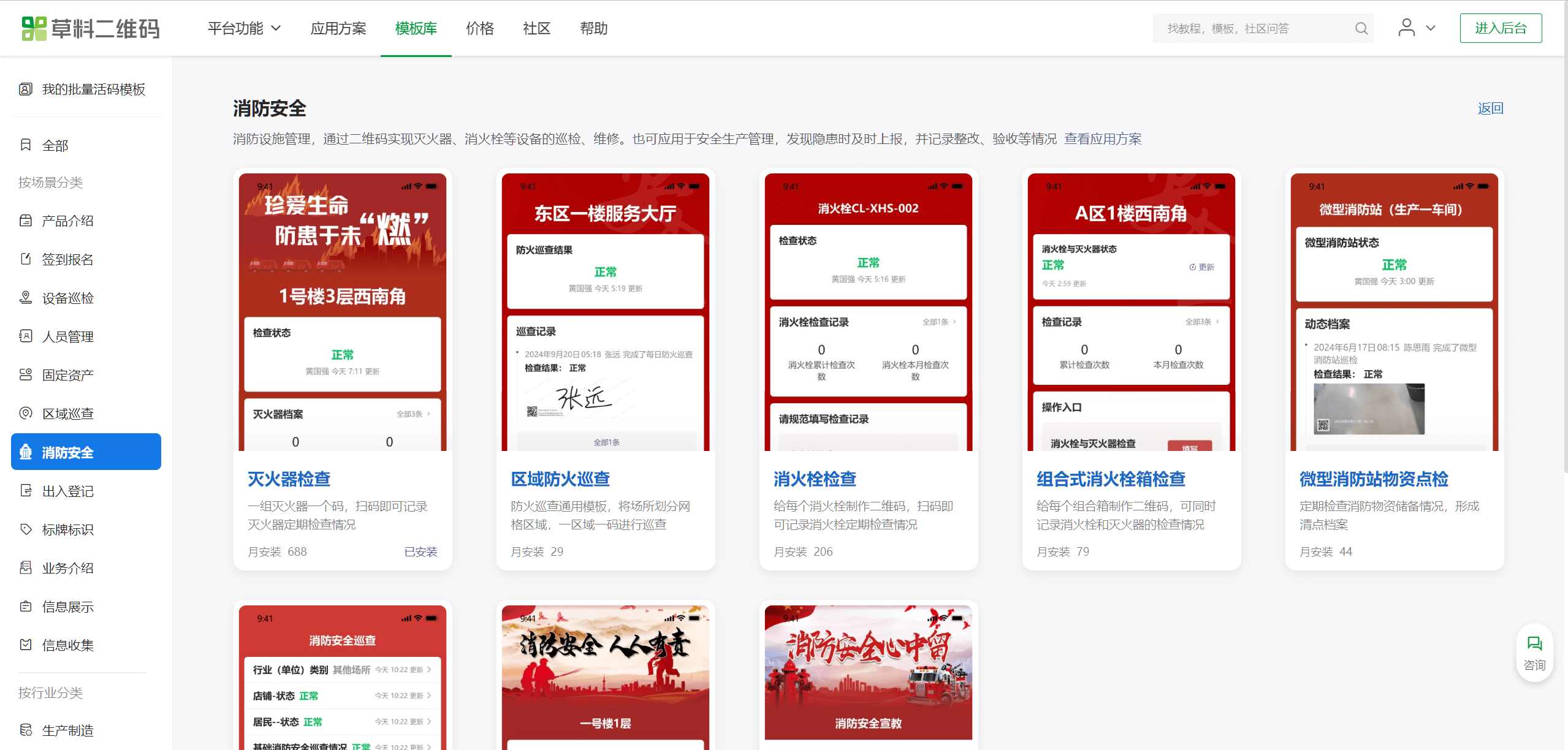Fire Safety Inspection Frequency: How Often Should It Be Conducted?
Original: https://cli.im/article/detail/2285
A fire in a rented residential house in Ningbo, Zhejiang Province resulted in 7 fatalities due to failure of fire alarms and unqualified fire extinguishers. These tragedies continuously remind us of the critical importance of fire safety inspection management.
Determining appropriate fire safety inspection frequencies often perplexes enterprise safety managers. It involves balancing site-specific requirements with labor costs.
Recommended Inspection Frequencies for Different Premises
According to Appendix C of "Code for Acceptance and Inspection of Building Fire Extinguisher Installations" (GB50444-2008), differentiated plans should be formulated based on venue risk levels:
| Premises Type | Recommended Frequency | Key Considerations |
|---|---|---|
| Offices/Residences | Monthly | Conventional fire risks with relatively low occupancy density |
| Shopping Malls/Restaurants | Biweekly | High foot traffic, numerous electrical devices, elevated fire risks |
| Factories/Warehouses | Weekly | Concentrated flammables, complex equipment operations, high fire hazards |
| Hospitals/Schools | Twice monthly | Special population protection priorities |
Frequency Adjustments for Special Circumstances
Inspection frequencies should be dynamically adjusted under three scenarios:
- Equipment Aging: Increase inspections when fire facilities show aging signs to detect potential failures
- Seasonal Changes: Enhance frequency during dry autumn/winter seasons with higher fire probabilities
- Major Events: Strengthen checks before large-scale activities like mall promotions or school assemblies
Enhancing Fire Management Capabilities
Traditional manual inspection methods suffer from inefficiency and oversight risks. While digital management systems improve efficiency, comprehensive solutions may prove costly and over-specified for SMEs. Lightweight alternatives like CaoLiao QR codes offer practical solutions.
QR Codes: Optimal Fire Safety Solution for SMEs
QR code-based management provides these advantages over conventional approaches:
- Standardized Inspections: Scan equipment QR codes to complete preset checklists with anti-fraud features requiring real-time photo uploads
- Automatic Alerts: Immediate notifications for detected faults with follow-up tracking
- Scheduled Inspections: Plan-driven checks with missed task alerts and completion monitoring
- Centralized Data: All records stored in workbench for traceability and exportable analysis
Fire Inspection QR Code Creation Tutorial
Step 1: Access CaoLiao Platform
Visit the official website via desktop and select appropriate templates like "Fire Extinguisher Inspection" from the template library.

Step 2: Customize Template
Modify template content in the editor, such as adding mandatory fire safety items:
- Extinguisher pressure status
- Hydrant valve leakage checks

Step 3: Bulk Generation
Import equipment data (extinguishers/hydrants) to batch-generate QR codes. Configure permissions:
- Administrators: Full access
- Inspectors: Record submission/viewing
- Maintenance: Alert reception

Step 4: Print & Deploy
Select label designs for printing. Adhere or hang labels conspicuously on corresponding equipment for field scanning.

Enterprise Implementation Cases
Numerous organizations have successfully implemented QR code fire safety management:
- Yanfeng Adient (Ningbo) Seating Co., Ltd.: Equipped hundreds of hydrants/extinguishers with dedicated QR codes, enabling standardized inspections with centralized data management.
- Guizhou Aerospace Electronics: Achieved comprehensive equipment checks through WeChat Mini Program integration.
- Western Venture Ningdong Railway: Established "one-code management" digital transformation through equipment-specific QR coding.